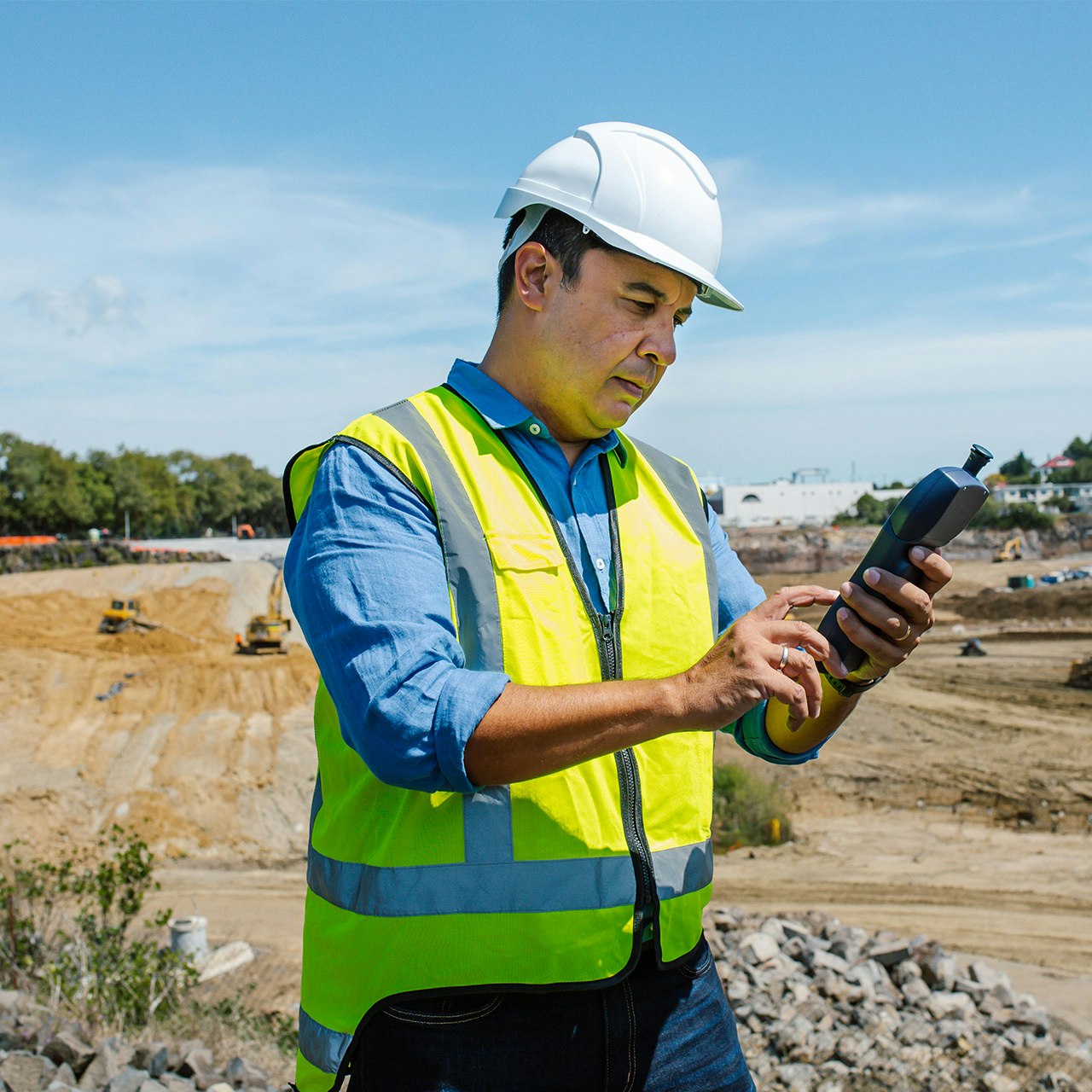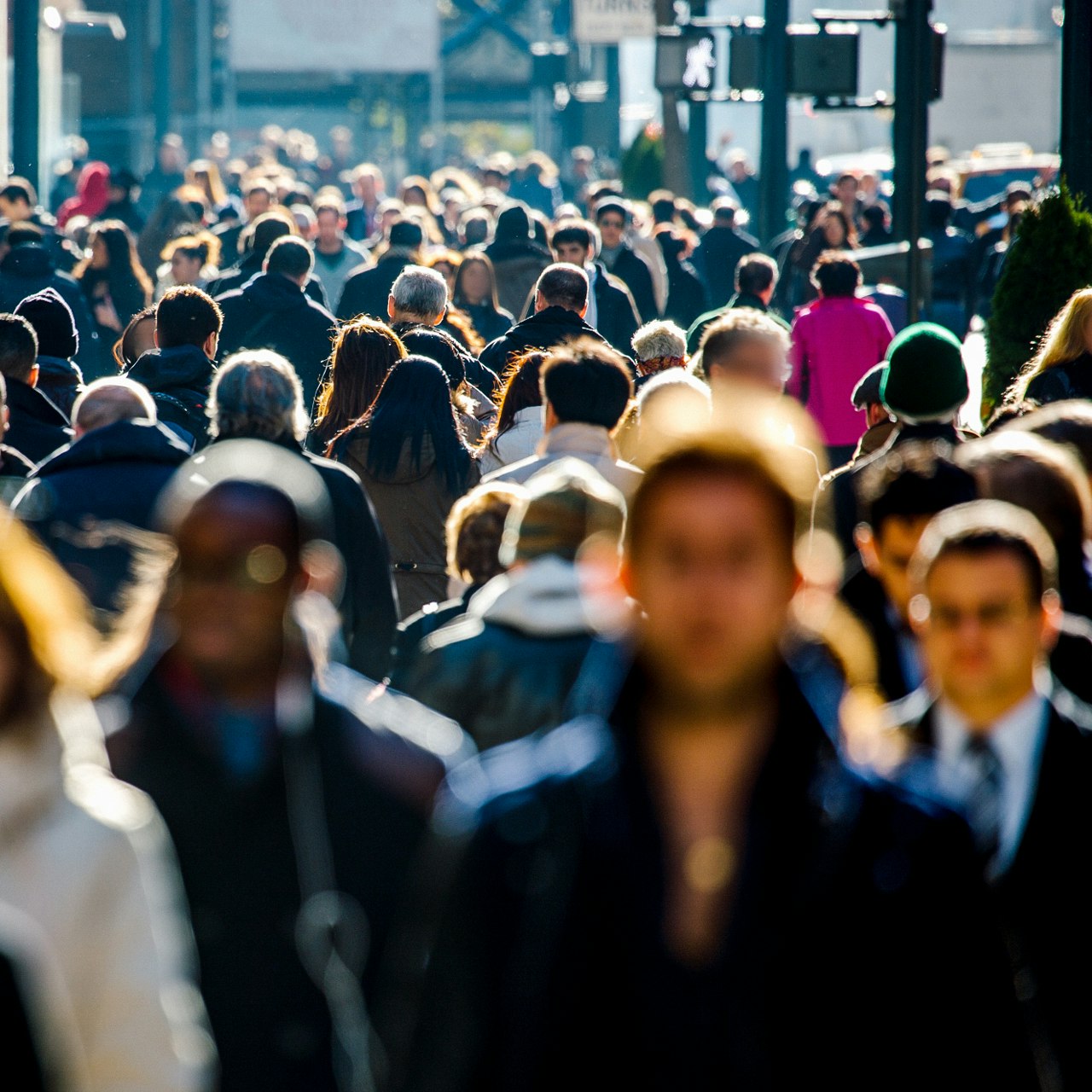Case Study
Portable Air Monitoring Systems Create Learning Opportunities at NY Liberal Arts College
Students at Colgate University use Portable Particulate Monitor to get real- life, hands-on experience measuring air pollution in science courses.
Project Details
Project
Colgate University
Location
United States
Date
2018
Services
Aeroqual Series 200
Measurements
PM10, PM2.5
Sector
Community
The customer
Colgate University is a selective liberal arts college located in Hamilton, NY, USA. With just under 3,000 undergraduate students, Colgate provides a university experience in a residential, rural college setting.
The Department of Geology focuses on providing students with hands-on opportunities to explore the earth around them. Colgate Geology prides itself on providing outdoor and field-based learning opportunities, from on-campus outcrops to student-led research.
Majors in geology or environmental geology provide students with the opportunity to pursue careers in the geological and environmental sciences, business, and education, as well as government and public service. Many geology majors attend graduate school in geology, hydrology, oceanography, environmental sciences, and environmental policy and law.
"The PM10/PM2.5 sensor provides rapid response times, allowing students to discover transient particulate plumes emanating from construction vehicles, fixed smokestacks, passing vehicles, agricultural dust, and even students using e-cigarettes. We’re looking forward to more years of teaching with the Series 200 monitors and PM sensors!"
Asst. Prof. Joseph Levy
Colgate University
The problem
One of Colgate University’s key introductory courses is Environmental Geology (GEOL 101), which attracts students interested in understanding humans’ role in earth system processes. Colgate were looking to develop a new laboratory module (‘PM lab’) focused on air pollution – in particular, understanding particulate matter (PM) and ozone.
As Colgate University is a largely rural campus, PM dominates its air quality. The challenge was to find a PM sensor that is easy to use but is research-grade for students to identify sources of PM at and around Colgate’s campus.
Colgate University: Scavenger Hunt Map
The solution
Colgate University selected the Aeroqual Series 200 portable monitor with the PM10/PM2.5 sensor head. The Series 200 had previously been used for methane sensing in Geology department projects under harsh environments, so they were confident of its robustness. A key feature of the Aeroqual portable monitor range is the ability to replace one sensor head (e.g. methane) with another (e.g. PM10/PM2.5). The change out takes seconds and no recalibration or adjustment is necessary.
Having converted the Series 200 monitors to measure PM, here’s how the students used them:
- GEOL 101 students were engaged in a one-hour PM scavenger hunt around campus on identified sources, as well as interesting PM plumes based on the hypotheses they had developed while mapping out known sources.
- On return to the computer lab, students evaluated the air quality measurements they had made using the EPA AIRNow toolset. They determined the local air quality (assuming a 24-hour duration for the sources) and then evaluated whether the assumed duration was reasonable or not.
- Students examined archival AIRNow datasets to see how PM pollution varied over time in geographical regions that are important to them. They compared environmental factors controlling PM pollution by relating season patterns of PM AQI to seasonal weather conditions.
- The students devised potential mitigation plans for urban vs. rural PM pollution, while considering how rural campus sources of PM (diesel vehicles, agricultural dust, wood smoke, etc.) might differ from urban sources, and how community dynamics between urban and rural communities might affect the implementation of those plans.
Related products
Evaluation
According to Assistant Professor Joseph Levy: “The PM lab was a tremendous success! Students loved independent data collection – the instruments were easy to use, easy to learn, and rugged enough to withstand use by even the most deviously enterprising student looking to find an extreme PM source. One student even borrowed the instruments after class to explore air quality in his dorm and at some favourite hangout sites like the rock gym.”
Colgate University’s PM lab has become one of the favourites. The scavenger hunt using the Aeroqual PM sensor allowed students to build from prescribed measurements into their own exploration.
FAQs for the Colgate University Air Monitoring Case Study
What does Aeroqual offer for air quality education and research?
Aeroqual provides portable air quality monitors like the Series 200 and Series 500, which allow students, researchers, and educators to conduct real-time air pollution case studies and hands-on environmental monitoring.
What was the purpose of this air pollution monitoring project?
Colgate University integrated portable air monitoring into their Environmental Geology (GEOL 101) course, providing students with real-world experience in air pollution detection and mitigation.
Why was the Aeroqual Series 200 chosen for this project?
The Series 200 Portable Monitor was selected because it is easy to use, rugged, and capable of real-time PM10/PM2.5 monitoring, making it ideal for student-led pollution case studies.
How did students at Colgate University use the air quality monitors?
Students participated in a PM scavenger hunt, using the monitors to track pollution sources on campus, analyze air quality with EPA AIRNow, and propose mitigation strategies.
What makes the Series 200 ideal for air pollution case studies?
The Series 200 offers:
• Instant PM10/PM2.5 measurements
• Portable design for field research
• Interchangeable sensor heads for different pollutants
• No recalibration needed when switching sensors
Can Aeroqual air monitors be used in other university courses?
Yes, Aeroqual’s portable monitors are widely used for environmental science, geology, engineering, and public health courses, providing hands-on air pollution case studies for students.
How does Aeroqual support environmental education?
Aeroqual provides affordable, research-grade air monitors that enable students to conduct their own pollution case studies, analyze data, and develop air quality improvement strategies.
How can students conduct an air pollution case study?
Using Aeroqual’s Series 200 or Series 500 monitors, students can measure PM10/PM2.5 levels, identify pollution sources, and analyze data for case studies on air pollution.
Why is hands-on air pollution research important for students?
Hands-on learning with portable air quality monitors helps students understand environmental issues, develop critical thinking skills, and propose real-world solutions.
What makes Aeroqual’s monitors ideal for pollution case studies?
Aeroqual’s portable air monitors are:
• Accurate and research-grade
• Easy to use, with no recalibration needed
• Trusted by universities and research institutions worldwide
Want to learn more?
If you’d like to know more about this case study, or to discuss your air monitoring requirements, please get in touch.












